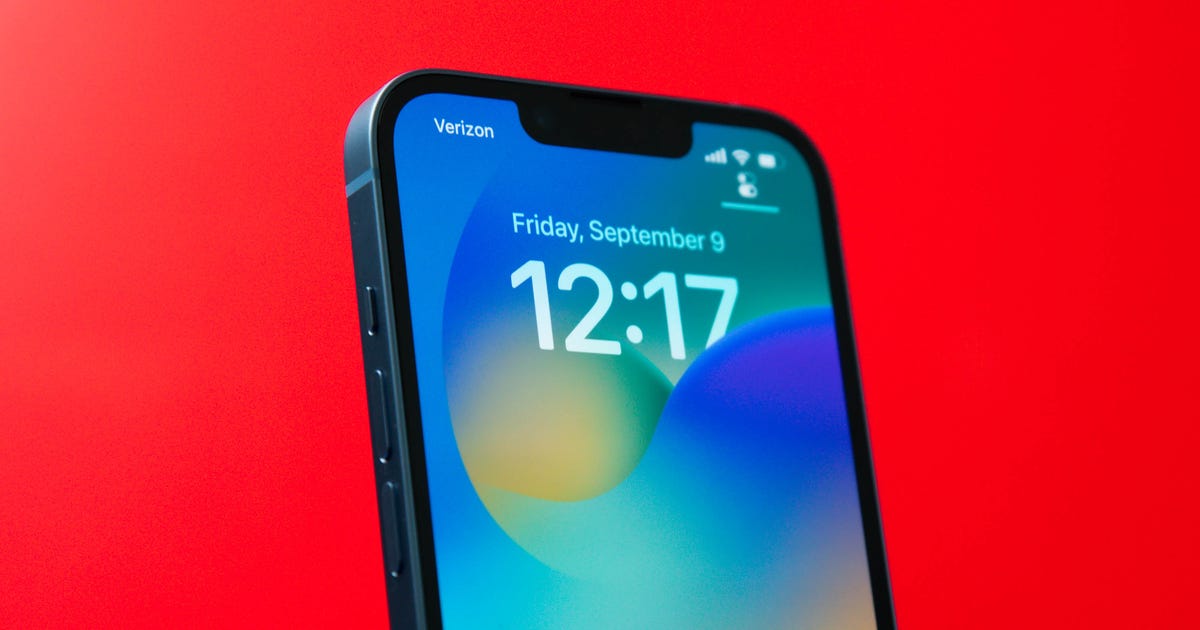
NBN Co
NBN Co has finally announced the guiding principles for its “multi-technology” rollout of the NBN, confirming that anyone who fell outside the initial rollout map for fibre-to-the-premises technology is now officially going to be left without — unless you’re willing to pay.
As part of a plan to bring the NBN to all Australians more quickly and for less money — the multi-technology mix announced by Communications Minister Malcolm Turnbull in April this year — NBN Co has confirmed that only those households and businesses in areas “where the NBN fibre-to-the-premises network has been deployed or is in advanced stages of being built” are going to be eligible to receive FTTP.
Despite this, the company confirmed for the first time that it was considering rolling out “fibre-on-demand product”.
According to the NBN Co statement, “work is underway to develop guidelines so that individuals or businesses with specific speed requirements can purchase fibre up to their premises. Equally so, NBN will work with small communities that choose to co-fund FTTP if they are in an alternative technology area.”
NBN Co has long worked under the mantra of “universal access” and the remit of “fulfilling the Federal Government’s policy goal of ensuring all Australians have access to fast broadband as soon and as cost-effectively as possible”. However, this significant shift towards a pay-to-upgrade model could well see some Australians getting better service if they’re willing to pay.
The major factor underpinning the multi-technology rollout principles announced today was the utilisation of “existing fit-for-purpose network infrastructure to deliver the minimum data rates required” by the Government.
To that end, NBN Co also announced guidelines stipulating that households and business in areas “earmarked” for wireless or satellite network deployment will remain part of the Fixed Wireless or Satellite rollout, while premises already served by the Optus or Telstra Hybrid Fibre Coaxial (HFC) cable networks “will receive fast broadband over an upgraded HFC network”.
With Telstra and Optus negotiations on HFC taking place behind closed doors with little word from the telcos or NBN Co (in a financial results briefing today Optus executives once again declined to comment on the particulars of the negotiations), it is unclear exactly how this network will be upgraded.
In addition, NBN Co has also advised that “incorporation into the NBN of copper and HFC assets is contingent upon the successful conclusion of negotiations currently underway with Telstra and SingTel Optus”.
Related stories
- Why Australia’s internet has turned into a literal car crash
- New rules prevent telcos from stuffing up your switch to the NBN
- Optus misled customers over the NBN, cops $1.5 million fine
And what’s in store if your premises are not covered by FTTP, HFC, Fixed Wireless or Satellite? According to NBN Co, “all other communities are likely to receive fast broadband over fibre-to-the-node (FTTN) and, in the case of multi-dwelling units such as apartment blocks, fibre-to-the-basement (FTTB)”.
Speaking about today’s updated guidelines, NBN Co CEO Bill Morrow said the company had to “address the under-penetration of broadband access as soon as possible” in order to shore up Australia’s digital future.
“Universal Access, sufficient speeds, affordability and the time to build are all key factors,” he said.
“Furthermore, these principles will give greater clarity to local communities and service providers about how the NBN is being rolled out and the criteria underpinning the choice of technology in each community.”




